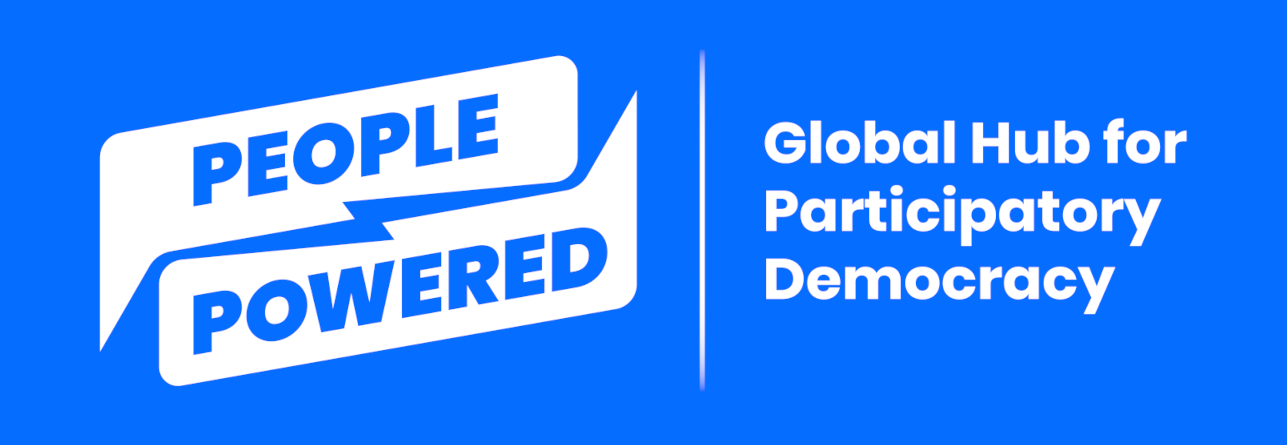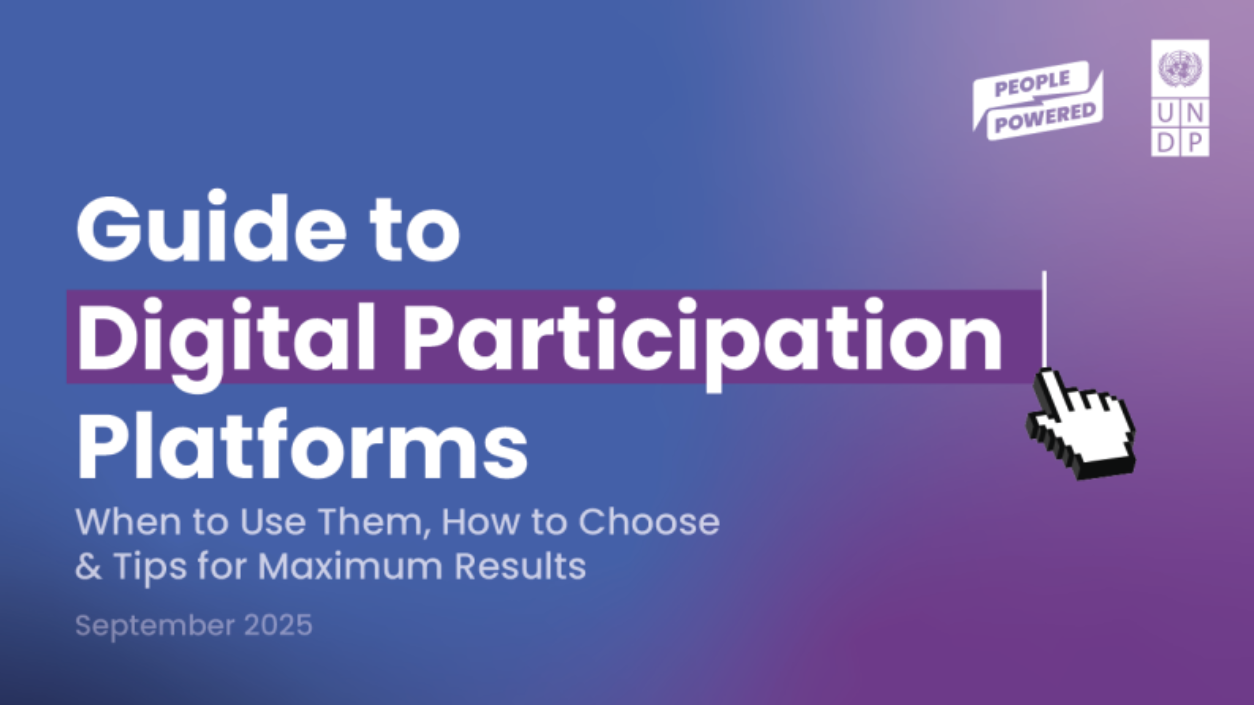Looking forward
/Looking forward
Looking forward, we've identified several trends to watch. Some groups working to connect people to power (especially those located in the Global Majority) report that their time is better spent cultivating communities than developing software. They've found that building a community of practice and helping people use existing digital tools, like WhatsApp and other mainstream chat apps, are more effective than building or learning to use digital participation platforms. Since the first edition of this guide, civic tech developers have built many more bridges from chat apps, which can reach almost everyone in a given community, to participation platforms, which have historically required an email address and consistent data connection to register.
This trend is driven in part by a growing recognition from funders that supporting the development of new technology isn't the best use of their resources, given the strength of existing open source platforms. Meanwhile, interviewees commonly reported that even existing open source platforms require significantly more support, documentation, and (affordable) consulting services than is currently available. Philanthropic groups should consider dedicating resources to strengthening the ecosystem surrounding existing digital platforms so that more communities can benefit from them.
In the private sector, the digital participation platform industry is becoming increasingly professional and consolidated. The existence of an industry trade group in Europe, Association Civic Tech Europe, and the acquisition of several major platforms by larger firms, like Neighborland, SeeClickFix, and Open Town Hall, signal that this trend will continue.
Conclusion
The field of participation tech has only grown since the first edition of this report in 2022. Millions of people around the world are engaging on these platforms and making important decisions for their communities, with their communities. And technologists are already using AI to quickly develop custom applications for more bespoke communities and use cases.
We've covered a very wide range of considerations in this guide. Hopefully, we've provided a sense of what to look out for without being overwhelming. The best way to learn is by doing, so start small, talk to people outside of your institution, and simply try it.
In many cases, the specific digital participation platform you choose will matter less than the program you build around it. If you're trying to engage your constituents in decision-making, the most important piece of advice is to begin. In doing so, you will find other people, inside and outside of your institution, who are interested in connecting people to power. The strength of that link is more vital to your outcomes than any individual piece of technology.
While it's become clear that AI can enhance digital participation programs in powerful ways, many questions remain open. People Powered members have repeatedly shared that if AI automates the people out of participatory democracy, we've completely missed the point. We don't yet know what effects ever-increasing AI usage will have on participants' desire to engage, or the legitimacy of results. For People Powered, as well as for UNDP, the guiding principle behind this work is meaningful engagement with people. So while we'll continue to follow the roll-out of new features that support group deliberation and decision-making, especially in the context of democratic backsliding, we should remain focused above all on connecting people to one another and to collective decision-making power as the main dynamic fueling our work.
Next: Additional Resources
Previous: Running a Process on a Digital Participation Platform




